Research
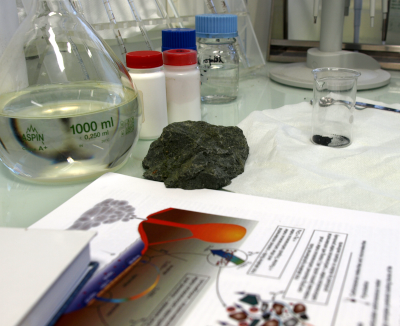
Géo-Origine
The Géo-Origine project is funded since 2020 by the CNRS‘ Mission for Transversal and Interdisciplinary Initiatives (MITI) via the Défi Origines.
The aim is to develop a reactor to carry out prebiotic chemistry reactions in environmental conditions geochemically representative of the early Earth.
I am co-leader of this project led by Dr Frances Westall and carried out in collaboration with the LPC2E (Laboratoire de Physique et Chime de l’Environnement et de l’Espace), CNRS, Orléans, France.
Contribution to ExoMars 2022
The Exobilology group at CBM is involved in the ExoMars mission since the conception of an astrobiology mission to Mars by ESA at the end of the 1990s. We contribute largely to the mission through different projects.
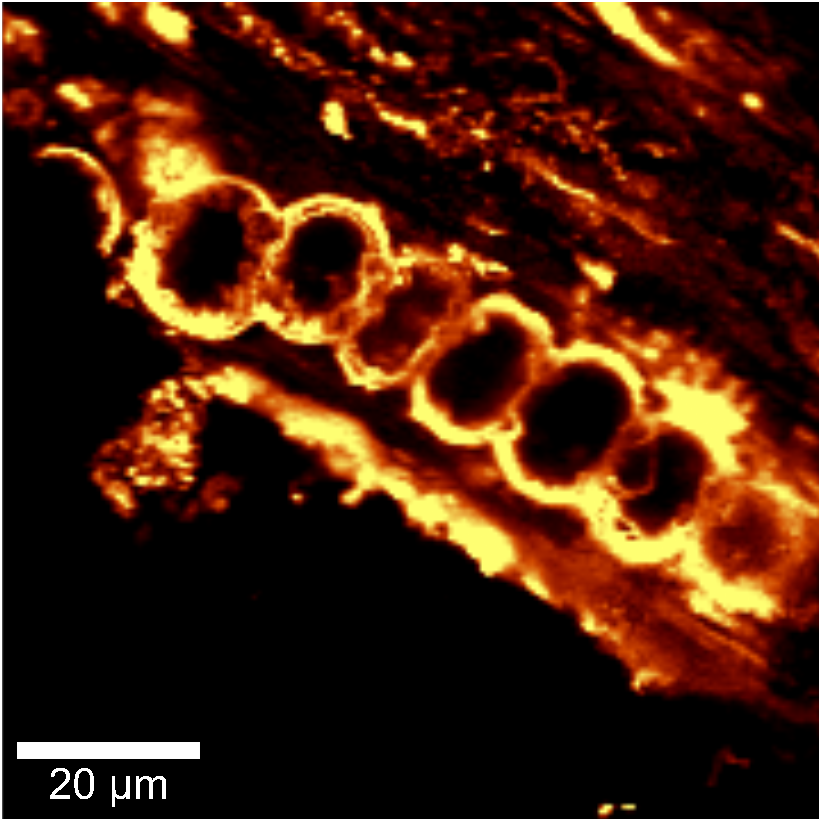
Mars GéoMicropal
The project Mars GéoMicroPal is funded by the French space agency CNES since 2008.
The aim is to work on the search The aim of this project is the study of biosignatures in ancient terrestrial rocks, using them as analogues in preparation for the future missions to Mars dedicated to the search for life.
I am co-leader of this project led by Dr Frances Westall.
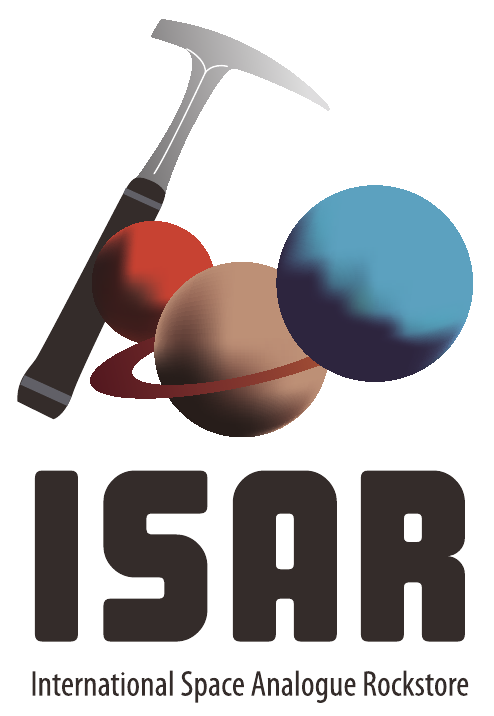
ISAR
ISAR, the International Analogue Space Rockstore, is a collection of Mars analogue rocks and minerals. It is funded by the CNES via the Mars GéoMicroPal project, by the OSUC (Observatoire des Sciences de l’Univers en région Centre), and by the CNRS.
The aim of the ISAR is to propose ‘low-cost’ analogue materials, which can be used for testing space instruments as well as to aid interpretation of data acquired in situ on Mars. Although there are more than 280 martian meteorites known, there is no known martian sedimentary rock on Earth to make these kinds of studies. (More information on www.isar.orleans-cnrs.fr)
I am the manager of this collection and Dr Frances Westall is the scientific director.
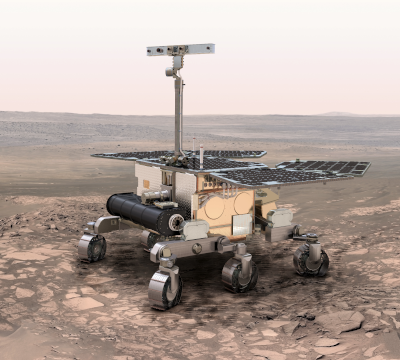
RSOWG
I am member of the ExoMars 2022 science team via the ESA Rover Science Operation Working Group (RSOWG).
The aim of this group is to work on the coordination of the different scientific instruments of the mission to be launched in 2022.
I am more specifically involved in the “Micro” team that is concerned with the traces of biosignatures.
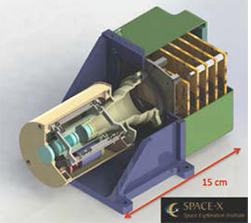
CLUPI
The high-resolution camera of the ExoMars 2022 mission is named CLUPI, for Close-Up Imager. This camera is mostly developed in Switzerland, at the Space Exploration Institute of Neuchâtel, under the supervision of Dr Jean-Luc Josset (PI of the instrument). Nevertheless, a part of the development has been made under the supervision of LPC2E and CBM at the CNRS, Orléans, France (encapsulation of the detector). Dr Frances Westall is Co-PI of the instrument.
The aim of our works in the Exobiology group is to help in the geological and asrobiological interpretation of the images that will be made on Mars. We are actively working on the testing phase of the instrument using analogue materials. Obviously, these studies are undertaken in interaction with the other instruments.
I am member of the CLUPI science team.

APPIMIL
The APPIMIL project, for Astrobiology Project of Photonic and Ionic Martian Irradiation in the Laboratory, is funded by CNES since 2018.
The aim is to study the effect of irradiation conditions at the surface of Mars (UV and particles) on organic molecules of astrobiological relevance and on different biosignatures.
I am leader of this project involving the CBM and the CEMHTI at CNRS, Orléans, France, and the DLR, in Berlin, Germany.
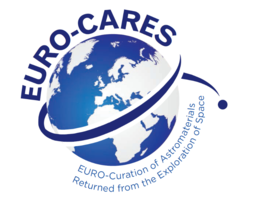
EURO-CARES
The EURO-CARES project, for EUROpean Curation of Astromaterials Returned from Exploration of Space, was funded from 2015 to 2017 by the European programme Horizon 2020 (LEIT Space).
The aim of the project was to consider all aspects of a potential European curation facility for extra-terrestrial material brought back to Earth by space missions, in particular from Mars. The contribution of the Exobiology group at CBM was mostly focussed on the creation of a collection of analogue and reference materials to establish and test analytical and storage protocols.
I was member of the Working Package 5 dedicated to analogues.
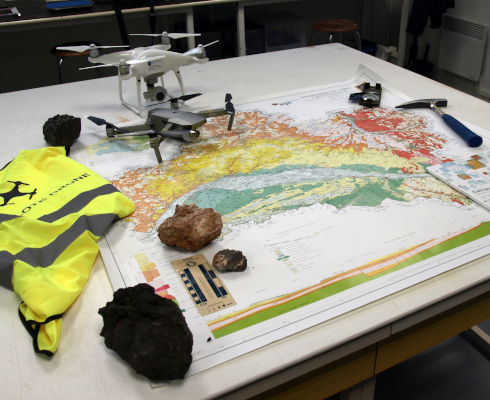
DEVIL
The project DEVIL, for Drone Exploration for Versatile In situ Learning, was funded in 2017 in the framework of a Défi Instrumentation aux Limites of the CNRS‘ Mission for Interdisciplinarity (now MITI).
The aim of this project was to elaborate scientific exploration protocols in extreme or hardly accessible environment using instrumentation on-board drones. This project had applications in space exploration as well as for the exploration of ornamented caves and volcanoes.
I was leader of this project involving the CBM, the CEMHTI and the Institut Denis Poisson in Orléans, the laboratory LIRMM in Montpellier, the laboratory PACEA in Bordeaux, and the OVPF at La Réunion.

CaliPhoto
The project CaliPhoto is funded by the CNRS The project CaliPhoto is funded by the CNRS since 2014. It is also funded by CNES since 2015 via the project Mars GéoMicroPal as well as the SATT Grand Centre in 2016-2017.
The aim of the Caliphoto project is to develop a method to identify and characterise materials using standard colour photographs, without constraints on camera or illumination conditions. Initially developed to aid identification of drilled rocks on Mars using the CLUPI instrument, the method had applications in multiple domains and a patent was deposited.
I am leader of this project which involved the CBM, the CEMHTI, the LPC2E, the ISTO and the Institut Denis Poisson in Orléans.

LithoSpace
TThe project LithoSpace is funded by the CNRS since 2015 in the framework of the Research & Technology programme.
The aim is to develop an automated system for in situ preparation of petrographic thin sections for terrestrial and space exploration.
I am leader of this project involving the CBM, the ISTO and the laboratory PRISME in Orléans, as well as teachers and students from the Lycée Benjamin Franklin and from the engineering school Polytech’ Orléans.